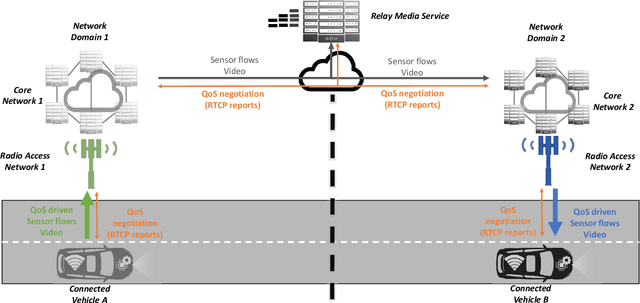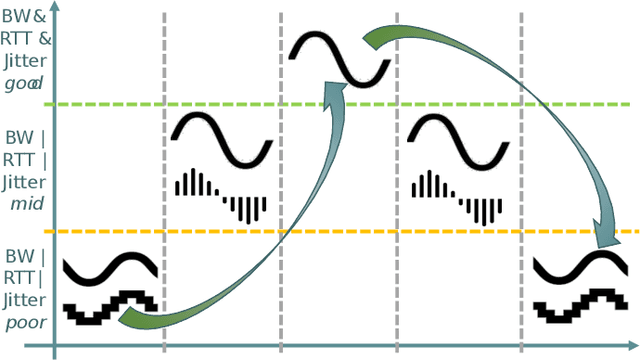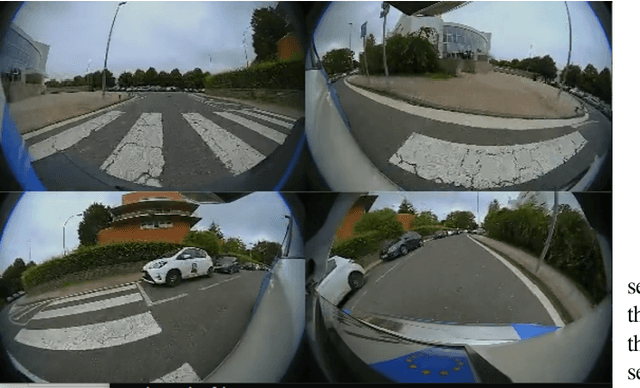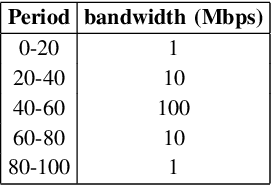Pablo Angueira
Threats and Limitations of Terrestrial Broadcast Attacks
Feb 07, 2024



Abstract:The DVB standard does not mandate the use of authentication and integrity protection for transport streams. This allows malicious third parties to replace legitimate broadcasts by overpowering terrestrial transmissions. The rogue signal can then deliver a malicious broadcast stream to exploit security vulnerabilities on Smart TVs (STVs) in range. We implemented a proof-of-concept attack based on a malicious Hybrid Broadcast Broadband TV app, able to acquire permanent system-level access to an STV over the air, in less than 10 s. These attacks, however, are severely limited in range due to required co-channel protection ratios (CCPRs), which is in direct contradiction to previous publications. We present evidence for these limitations in form of laboratory experiments, extensive simulations, and field measurements. To this end, we developed an automated, low-cost method for CCPR determination, as well as a method for non-disruptive attack range measurements based on a gap filler and the resulting channel impulse response.
* 13 pages
Adaptive QoS of WebRTC for Vehicular Media Communications
Aug 24, 2022



Abstract:Vehicles shipping sensors for onboard systems are gaining connectivity. This enables information sharing to realize a more comprehensive understanding of the environment. However, peer communication through public cellular networks brings multiple networking hurdles to address, needing in-network systems to relay communications and connect parties that cannot connect directly. Web Real-Time Communication (WebRTC) is a good candidate for media streaming across vehicles as it enables low latency communications, while bringing standard protocols to security handshake, discovering public IPs and transverse Network Address Translation (NAT) systems. However, the end-to-end Quality of Service (QoS) adaptation in an infrastructure where transmission and reception are decoupled by a relay, needs a mechanism to adapt the video stream to the network capacity efficiently. To this end, this paper investigates a mechanism to apply changes on resolution, framerate and bitrate by exploiting the Real Time Transport Control Protocol (RTCP) metrics, such as bandwidth and round-trip time. The solution aims to ensure that the receiving onboard system gets relevant information in time. The impact on end-to-end throughput efficiency and reaction time when applying different approaches to QoS adaptation are analyzed in a real 5G testbed.
 Add to Chrome
Add to Chrome Add to Firefox
Add to Firefox Add to Edge
Add to Edge